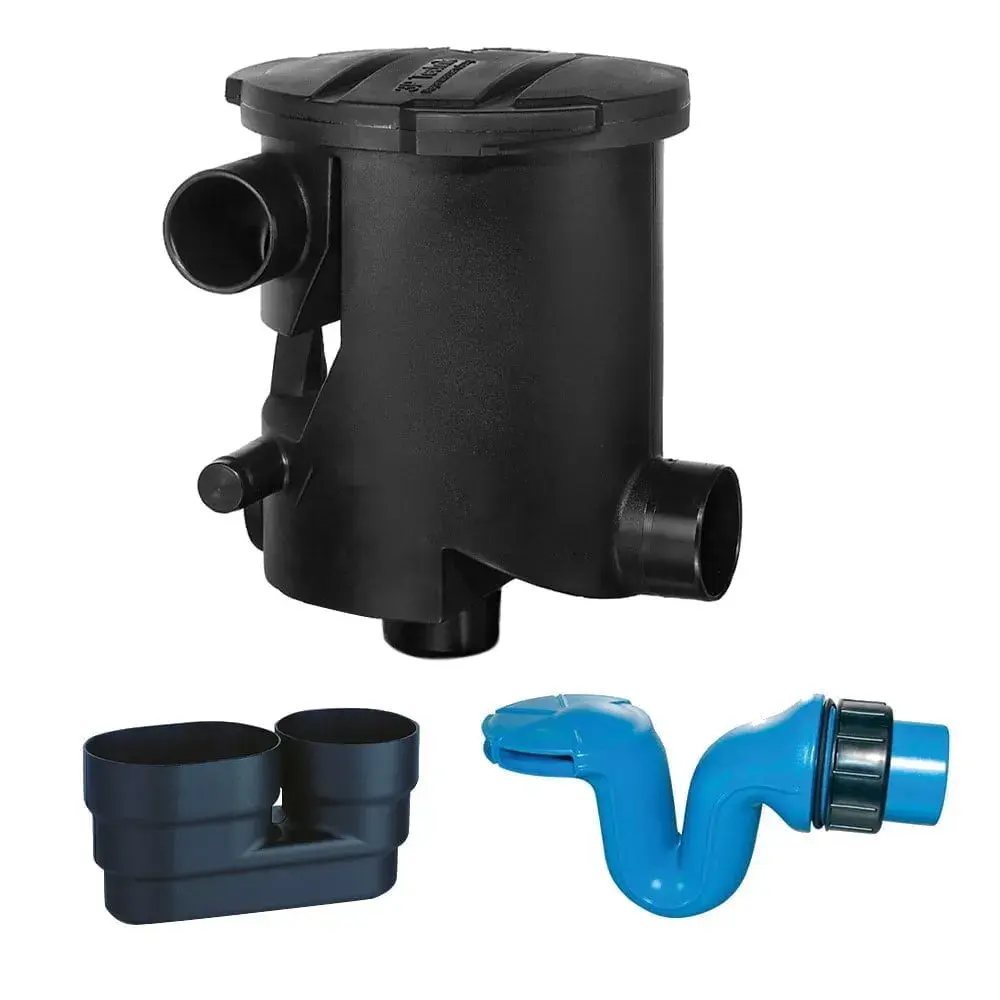 In the UK, it’s estimated that every person produces 150 litres of wastewater per day. Over the year, this amounts to billions of litres of wastewater, which must be treated in order to prevent environmental damage and the spread of disease.
In the UK, it’s estimated that every person produces 150 litres of wastewater per day. Over the year, this amounts to billions of litres of wastewater, which must be treated in order to prevent environmental damage and the spread of disease.
Once wastewater is treated, it turns into sludge, which also contains contaminants like bacteria and heavy metals. In the UK, there are legal requirements and standards that apply to the treatment and discharge of wastewater and sludge. Below you’ll find an overview of these regulations.
What You Need To Know About Wastewater Treatment Works
UK wastewater standards are outlined in the Wastewater Treatment Works regulations (2). Treatment and monitoring standards vary depending on an indicator known as Population Equivalent or PE. This is the total population found in the area served by a treatment plant.
Wastewater discharge requirements are based on the PE threshold, and are classified as follows:
- Appropriate treatment
This refers to the treatment of urban wastewater using any process that maintains quality objectives in the receiving waters after discharge. The quality objectives should be specified in the permit you received from the Environment Agency.
Appropriate treatment should be applied when discharging into freshwaters where the PE is under 2,000, and when discharging into coastal waters with a PE under 10,000.
- Secondary Treatment
This refers to a process that removes a large amount of organic matter from wastewater. Secondary treatment involves using biological agents (such as the bacteria present in wastewater) to decompose organic matter.
This treatment must be used when discharging to freshwaters in areas with a PE of 2,000+, and when discharging to coastal waters with a PE of 10,000+.
- Advanced Treatment
This refers to a number of treatment processes that remove nitrogen and phosphorous, whose accumulation can pose health hazards to humans. Advanced treatment involves methods like filtration, advanced oxidation, or denitrification.
This option must be used when discharging in sensitive areas with a PE of 10,000+. Sensitive areas are defined as coastal waters, estuaries, or freshwater bodies rich in nutrients enough to support plant or algae populations. They also include nitrate sensitive areas which are used to supply drinking water.
Wastewater discharge standards also require monitoring of any release of treated sewage into areas that exceed the PE thresholds mentioned above. Monitoring involves the analysis of samples to determine their biochemical and chemical oxygen demand, and may also involve analysing total nitrogen and phosphorous levels present in sewage sludge water. Sampling frequency is also determined by the PE indicator.
Find Out More
Compliance with Wastewater Treatment Works regulations can help protect the environment and the resources we all need to survive and thrive. To find out more about how our water management equipment can help, please call 01778 562810 today.
Image Source: Unsplash
Posts By Topics
- Blog (303)
- Chemical Storage Tanks (118)
- Chemical Dosing Tanks (114)
- Chemical Tanks (114)
- Water Tanks (58)
- Rainwater Harvesting Tanks (43)
- Vertical Rainwater Tanks (31)
- Vertical Storage Tanks (31)
- Cone Bottom Tanks (19)
- Conical Cone Tanks (18)
- Rainwater Harvesting (17)
- Water Bowsers (15)
- Horizontal Tanks (14)
- Potable Water Tanks (13)
- Farming (9)
- Case Studies (8)
- Industrial Storage Tanks (7)
- Liquid Fertilser Storage Tanks (6)
- WRAS Approved Potable Tanks (6)
- Wine and Beer Production (6)
- Horizontal Transport Tanks (5)
- Microbrewery (5)
- Rainwater (5)
- Category 5 Break Tanks (4)
- Cider Production (4)
- Mixer Tanks (4)
- Molasses Tanks (4)
- Polyethylene tanks (4)
- Rainwater Filter Kits (4)
- SPECIALIST & BESPOKE TANKS (4)
- Bunded Tanks (3)
- Slimline Tanks (3)
- WRAS Approved (3)
- Clarification Tanks (2)
- Crosslinked Polymer Tanks (XLPE) (2)
- Fertiliser Tanks (2)
- Sump Tanks (2)
- Tank Installation (2)
- Water Butt (2)
- underground water tanks (2)
- ACCESSORIES & FITTINGS (1)
- ATV & UTV SPRAYING UNITS (1)
- Above Ground Effluent Tanks (1)
- Bespoke Tank Frames (1)
- Category 5 Turret (1)
- Caustic Soda Tanks (1)
- Closed Top Bunded Tanks (1)
- Craft beer (1)
- Effluent Tanks (1)
- Enduramaxx (1)
- Ferric Chloride Tanks (1)
- Fire Safety Regulations (1)
- Fire Sprinkler Water Storage Tanks (1)
- Industrial Water Tank (1)
- Open Top Bunded Tanks (1)
- Open Top Cone Tanks (1)
- Open Top Vertical Tanks (1)
- Polyethylene Potable Water Tanks (1)
- Polyvinylidene Fluoride (PVDF) Tanks (1)
- Polyvinylidene Fluoride Tanks (PVDF) (1)
- Pressure Washers (1)
- Pro Series Spot Sprayers (1)
- RWH (1)
- Sodium Hydroxide Storage Tanks (1)
- Sprayer Fill-up Tanks (1)
- Uncategorised (1)
- liquid fertiliser tank (1)
Sign up to the newsletter
enduramaxx.marketing
Related Posts
Recycling Wastewater in Stone Cutting - Enduramaxx Ltd
Recycling wastewater in the stone, marble & granite cutting industry makes sense as stone...
What Is Flocculation In Water Treatment?
What Is Flocculation In Water Treatment? And how flocculation is used in wastewater treatment, a...
Primary Settlement Tanks In Water Treatment: Why Are They Used?
Clarification or primary settlement tanks are used for a wide variety of applications in the...
Related Products
From £1,080.00 inc. VAT
£900.00 exc. VAT
From £1,344.00 inc. VAT
£1,120.00 exc. VAT
From £768.00 inc. VAT
£640.00 exc. VAT
£480.00 inc. VAT
£400.00 exc. VAT





